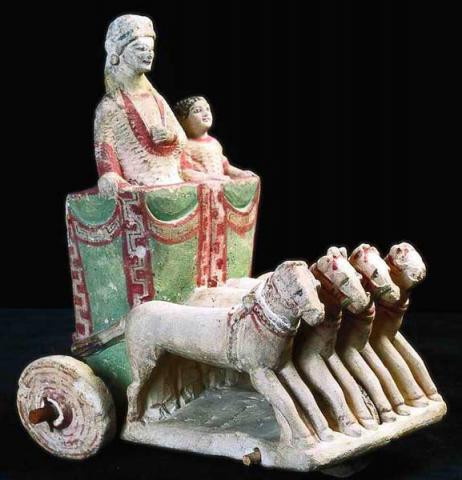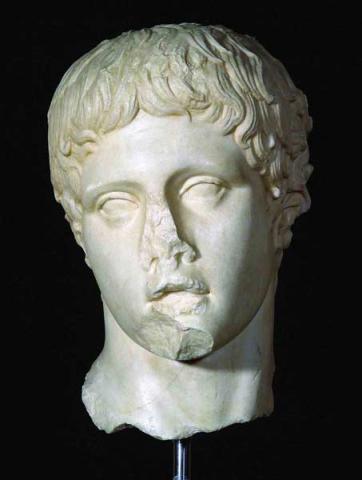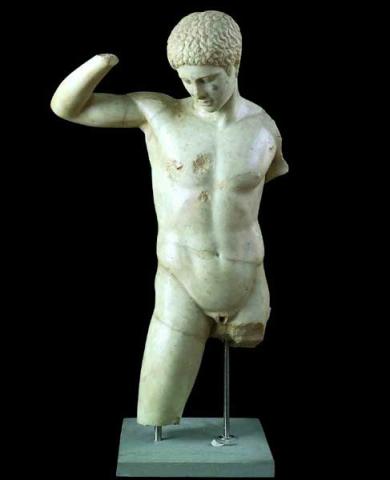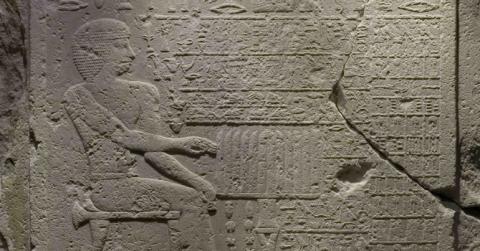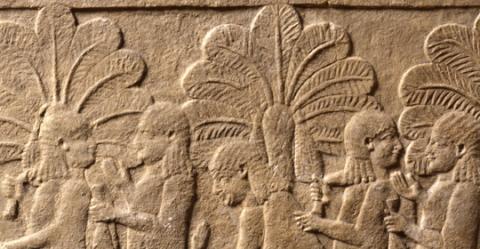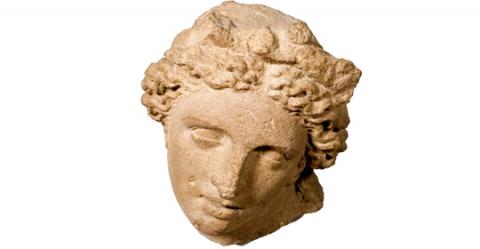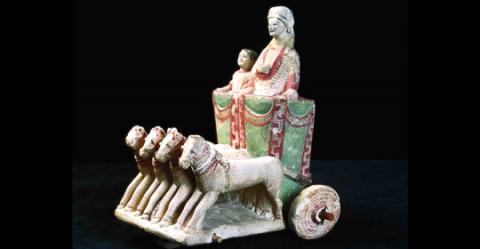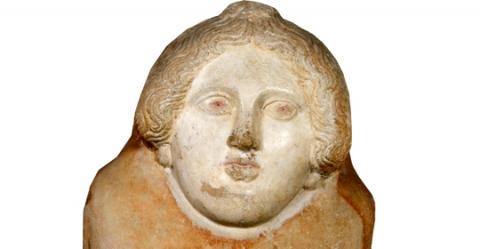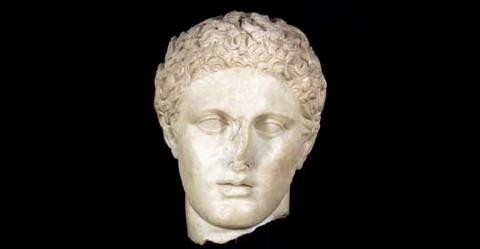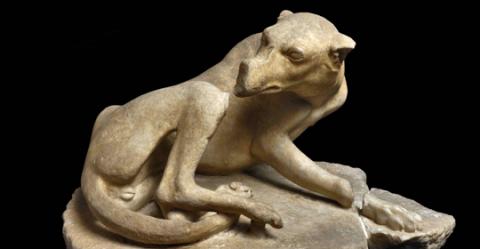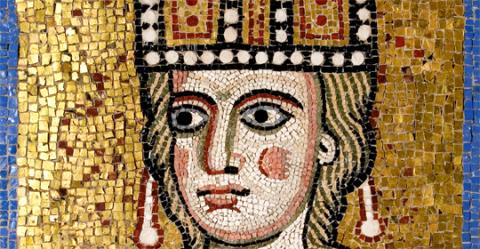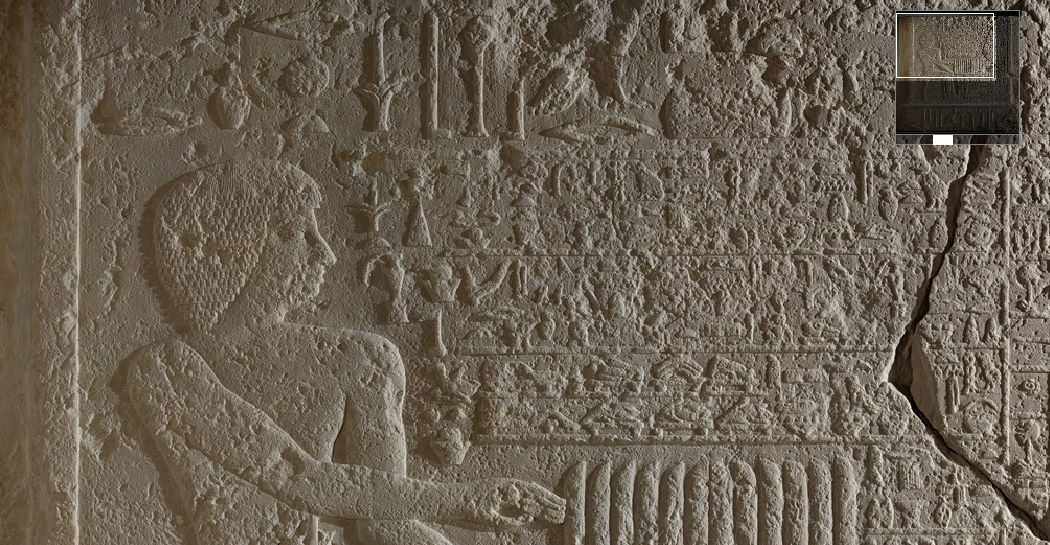Route by subject
The Museo di Scultura Antica Giovanni Barracco contains a very important collection of ancient sculptures - Assyrian, Egyptian, Cypriot, Phoenician, Etruscan and Greco-Roman art - that was donated by Giovanni Barracco, a rich gentleman from Calabria, to the City of Rome in 1904.
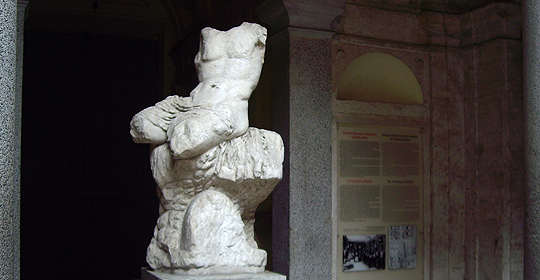

The Egyptian art is represented from the oldest Dynasties (3,000 BC) to the Roman period.
From Mesopotamia are displayed the precious Assyrian panels, the wall decoration of the palaces of Assurbanipal in Nineveh and Senacherib in Nimrud, from the 7th and 6th centuries BC. C.
The section dedicated at the Cypriot art is a treasure for the Italian museums, where some objects of exceptional production are exhibited, as the polychrome Votive Chariot and the Head of Heracles from the 7th-6th century BC. C.
Greek art includes several works of original art, including pieces that offer a complete picture of the great artist Polycletus (5th century BC) and his school.
Roman art includes the head of a child from the Giulia family, a fine example of private sculpture from the early imperial period (1st century AD).
Finally, there is a selection of works from the provincial art scene, with three panels from Palmyra, a city of caravan routes that enjoyed its greatest splendour in the 2nd century AD.



























